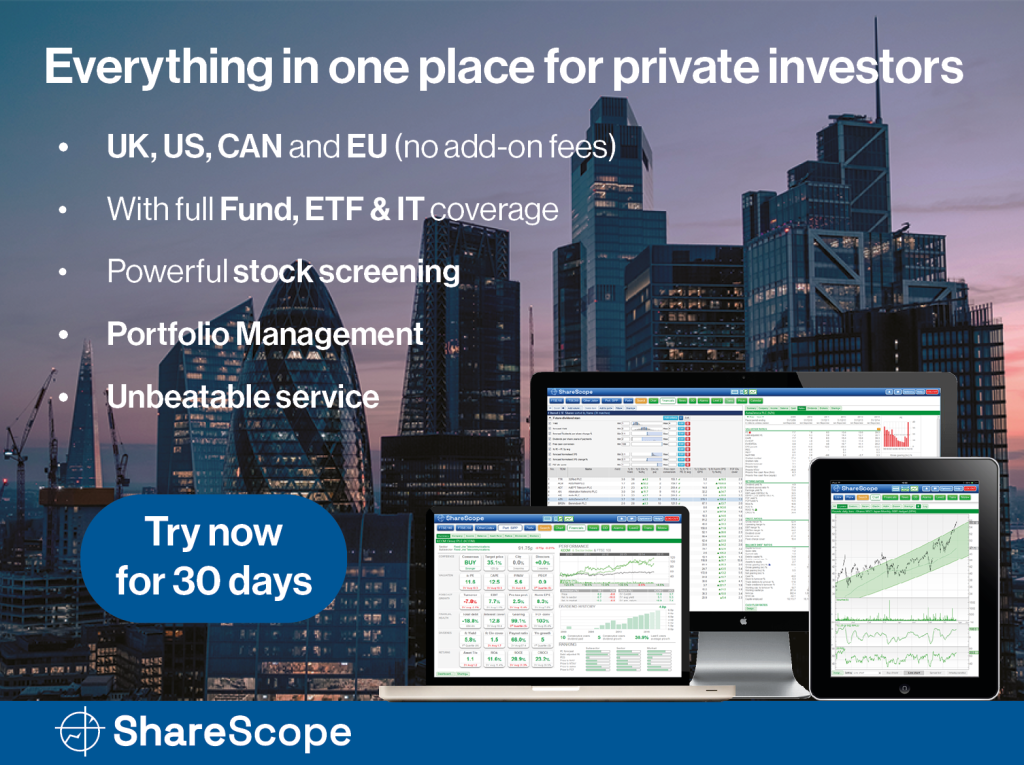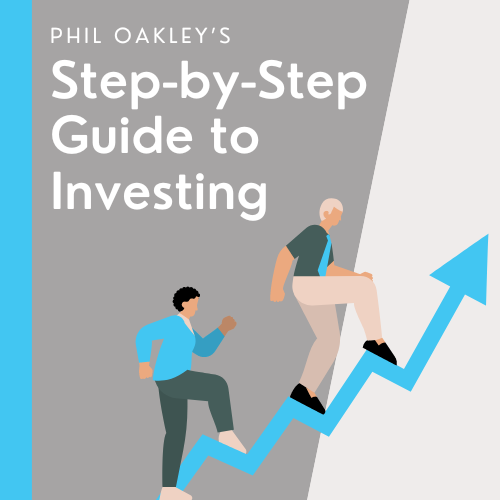In this article, Michael looks at how to develop your ‘trading board of directors’ to level up your trading.

Most people treat trading like a solo game.
It is.
It’s certainly not a team game.
It’s a sport where everyone else can be winning, and you keep getting struck out on trades.
Or a friend in the market telling you about how they’ve done their dough on a stock that you’ve avoided or even shorted.
People sit in front of the screen, stare at charts, maybe scroll Twitter, and expect to somehow level up just by “putting in hours.”
It doesn’t work like that.
Sadly!
One of the best ways to accelerate your progress, either in trading or anything else, is to build your own mental board of directors.
These are the people whose principles, processes, and behaviours you model.
You don’t need to know them. They don’t need to know you.
But you study what they do and internalise their thinking.
This means you make better quality decisions related to their teachings, until it eventually becomes your own.
Here’s what my trading board of directors looks like and how you can build yours.
Chair: William O’Neill
If I could have one person chair the board, it’d be William O’Neill. His work in How to Make Money in Stocks laid the foundation for modern momentum and breakout trading.
He was systematic, data-driven, and cared about the full picture with both fundamentals and price action.
O’Neill’s teachings include:
- Look for leading stocks in leading sectors
- Focus on high-volume breakouts from proper bases
- Cut losses quickly
- And, above all, to follow rules instead of feelings
William O’Neill is a legendary trader. He’s certainly not the only legendary trader. But there are far worse people to listen to.
Risk Director: Mark Minervini
Mark Minervini doesn’t mess about. His approach to risk is brutal and effective: lose small, win big, and protect your capital at all costs.
I credit a lot of my risk discipline to reading his books and watching how he respects the downside more than the upside.
His rules are simple:
- Risk a fixed amount per trade (1R)
- Never average down
- Always know your maximum loss before entry
- Focus on asymmetric reward opportunities
If you don’t have a plan for risk, you don’t have a trading plan. Mark drilled that into me.
Performance Coach: Tom Hougaard
Most traders avoid discomfort. Tom Hougaard runs straight into it.
He’s one of the few people who speaks honestly about what it takes to win — the mental pain, the pressure, and the intensity of real trading. His book Best Loser Wins flipped the script: you don’t win by feeling good. You win by handling discomfort better than everyone else.
Tom’s role on my board is to remind me that:
- The market doesn’t owe me anything
- Great trades don’t always feel good at entry
- Most people quit because it’s hard (and that’s where the edge is)
Trading is a performance activity. Tom trains like it.
Psychology Coach: Steven Goldstein
You can have the perfect setup, the perfect entry, the perfect plan… and still blow it if your mindset isn’t right.
That’s why I look to Steven Goldstein. He works with high-level traders and focuses on self-awareness, adaptation, and consistency. He believes (and I agree) that the biggest battle is between you and your own impulses.
Steven taught me to:
- Review trades not just on outcome, but on process
- Stay present instead of reactive
- Build psychological routines and not just technical ones
Your edge is only as strong as your ability to execute it under pressure.
Physical Performance Director: You (with some added stoicism)
If your body’s a mess, your trading probably is too.
You don’t need to train like an athlete.
Which is just as well… because I don’t. I keep it simple:
- 3x sessions of weight training per week
- Daily walking (underrated for mental clarity)
- Good nutrition – not perfect, just consistent
This isn’t about having the perfect beach body (again, this just as well… because I don’t).
It’s about having the energy and focus to sit down at the screen and make good decisions. You can’t do that if you’re running on caffeine, stress, and sugar.
And to layer it up? I follow some stoic principles.
Stoic ideas such as controlling what you can, accepting what you can’t, and staying grounded, are are a great fit for trading.
You don’t control the market. You control your prep, your mindset, and your reaction.
Picking your board
You don’t need to figure everything out yourself. That’s a slow, expensive way to learn.
Instead, build your own trading board of directors.
Choose one role model for each critical part of the game: strategy, risk, psychology, and health.
Study what they do. Absorb their mindset. Use their frameworks until you build your own.
Here’s a quick recap of mine:
| Role | Board Member | Core Lesson |
|---|---|---|
| Strategy / Process | William O’Neill | Follow a rules-based system and price action |
| Risk Management | Mark Minervini | Lose small, protect capital, size for survival |
| Performance / Execution | Tom Hougaard | Train for pressure, don’t avoid pain |
| Psychology | Steven Goldstein | Master your inner game |
| Fitness & Energy | Me (plus Seneca) | Train your body, control your mindset |
Surround yourself mentally with people who are better than you. That’s how you get better.
Michael Taylor
Get Michael’s trade ideas: newsletter.buythebullmarket.com
Instagram: @shiftingshares | Twitter: @shiftingshares
This article is for educational purposes only. It is not a recommendation to buy or sell shares or other investments. Do your own research before buying or selling any investment or seek professional financial advice.



